You'd be surprised how many winter flowering plants there are and with a little care you can have colour highlights all the way through winter. You'll also be helping out a range of birds and insects in the lean time of year.
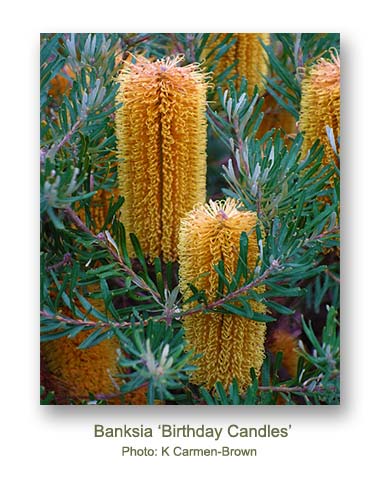 Start out by taking a walk around your neighbourhood. See what is flowering and under what conditions, and you'll have a good idea of what might work well in your garden. Snap a picture if you don't know what it is, to refer to when you visit the local nursery.
Start out by taking a walk around your neighbourhood. See what is flowering and under what conditions, and you'll have a good idea of what might work well in your garden. Snap a picture if you don't know what it is, to refer to when you visit the local nursery.
If your main motivation is to support local wildlife, then you should choose local, native plants as much as possible. However, plant breeders have done a lot of work in recent years to breed smaller and more compact varieties, so most people would be able to fit one or two natives into their garden.
Banksia 'Birthday Candles' is an excellent choice and does well in a pot. It has golden yellow cones that birds will enjoy visiting.
For a larger shrub or small tree, try the hairpin banksia (B. spinulosa) which will grow around 2.5m tall by 2m wide and sports striking golden upright cones amongst dense, dark green foliage.
Grevilleas have amazing tooth brush shaped flowers in a wide variety of colours. You can get them as ground covers up to large shrubs, so you'll be able to find one to suit your situation.
Grevillea rhyolitica 'Deua Gold' is covered in mid winter blossoms and as the name suggests, they are rich, cheerful, orangey yellow in colour and will attract scores of birds to your garden for extra life over the colder months.
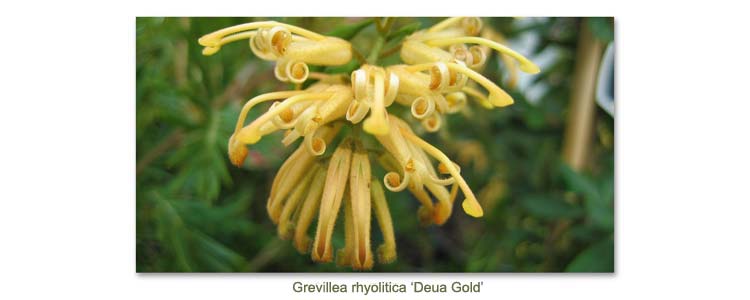
Proteas are native to South Africa and also deliver spectacular flowers in winter. They make a large feature shrub around 2.5m tall and wide. There are a variety of wonderful cultivars, mostly in pinks such as 'Pink Ice'. There is also a striking cream with black fringes cultivar called ‘White Mink’.
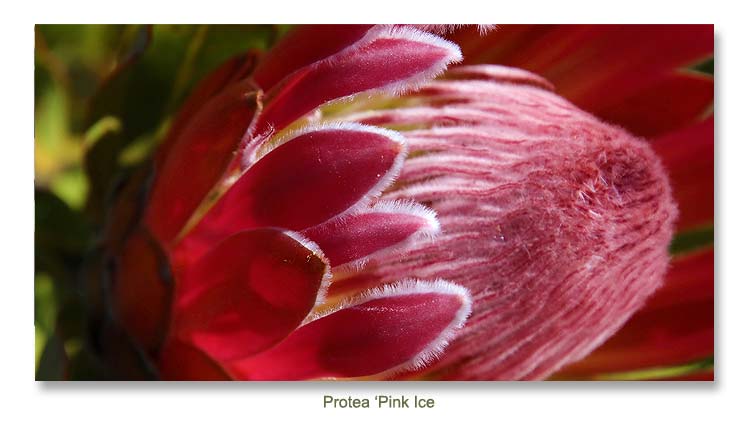
Leucospermum produce wonderful, long lasting, spider shaped flowers in a myriad of warm orange tones that make a spectacular sight in the garden or as cut flowers. They grow as compact, bushy shrubs up to 1.5m tall, preferring sunny locations and well drained soils. However they don't go so well in ultra-humid or overly wet conditions.
The species featured here is a Leucospermum glabrum cultivar.
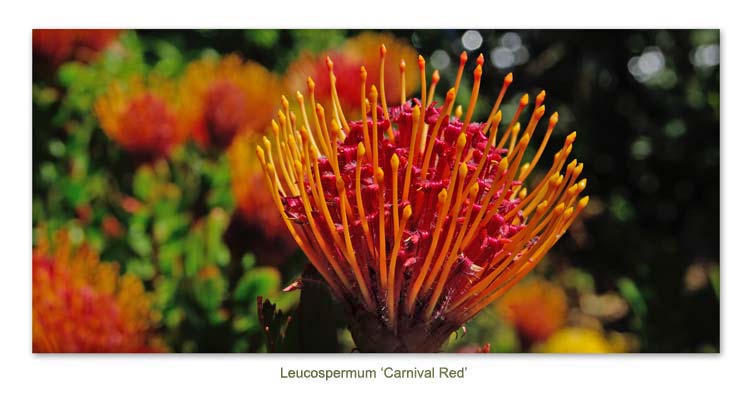
All of these plants like full sun and good drainage. While all plants need watering while young, once mature these are also drought tolerant. As an added bonus, all the Australian and South African natives make very long lasting cut flowers.
If you’re not into native flora, you can still have winter colour.
Violas and pansies are the most reliable winter annuals for colour and come in an intriguing range of colours and shapes. From bronze, rose, purple, yellow or blue, most garden centres stock a wide selection of them to choose from.
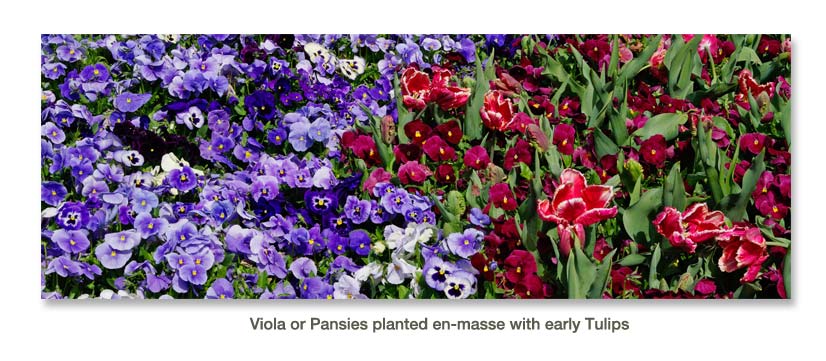
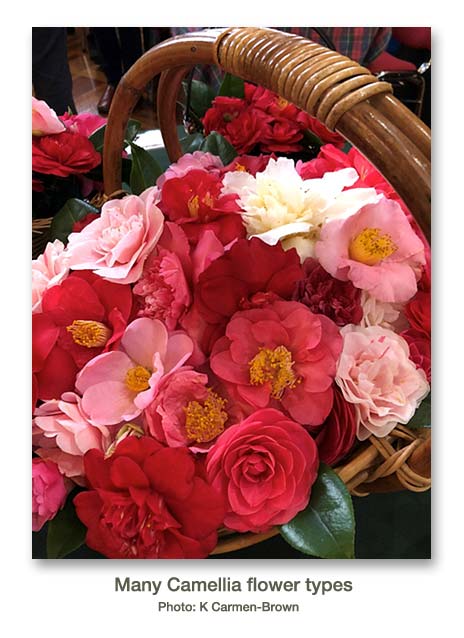 Camellias are a long lived large shrub with glossy foliage and spectacular winter flowers, mostly in white, pink and red. However there are a few yellows.
Camellias are a long lived large shrub with glossy foliage and spectacular winter flowers, mostly in white, pink and red. However there are a few yellows.
Flower shapes vary, from the classically symmetrical like 'Desire' to more informal singles or semi doubles.
Sasanqua types prefer more sun than their shade loving relatives, the japonicas and reticulatas.
When establishing, all camellias will appreciate some added protection and extra water during very hot or windy weather.
They prefer an acidic soil so if you live somewhere with lots of limestone, you should try one of the smaller varieties in a pot with specially formulated potting mix.
Camellias are much loved as cut flowers in Japan but they are not as popular here in Australia.
Even if you don't want to take up ikebana, a couple of flowers floated in a sparkling crystal bowl make a beautiful dinner table decoration.
Camellias leaves are also long lasting in bouquets.
Mexican sage (Salvia leucantha) flowers its socks off here in Hobart around the time of the solstice. Like most salvias, it's a tough long flowering shrub that withstands coldness and dryness, so it will perform well in most temperate climates. Flowers last a long time and its dark purple flowers are also wonderfully furry and a delight to touch. Salvias like a prune when the flowers have gone over, so trim back by about a third.
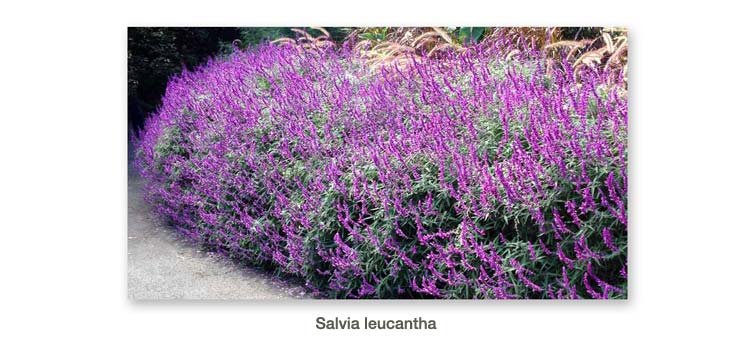
Daisies, while common, are workhorses in the garden. I have a pink single daisy planted by the previous owners (hence nameless) that is a mass of colour right through winter. Daisy is the common name for a wide variety of plants, for example the most commonly planted is the Marguerite Daisy (Argyranthemum sp), Shasta Daisy (Leucanthemum superbum), Ox-eye Daisy (Leucanthemum vulgare) or the traditional English Daisy (Bellis perennis).
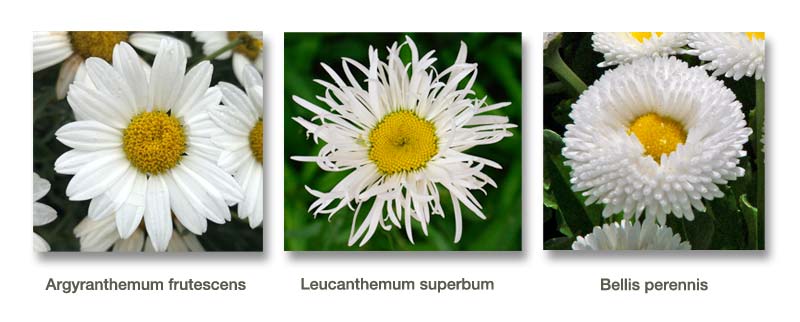
Diosma is the common name for Coleonema pulchellum, and usually has small pink or white flowers on a compact bush that responds well to pruning. Both diosma and daisies require little care and reward you with an almost continuous display from late June through to October. What's not to like?
Wallflowers are very good for those who like scent as well as colour. Erysimum 'Bowles Mauve' is a reliable flowerer that grows to around 30cm with a silvery grey bloom on its leaves. Bronze and yellow flowered varieties are also available, as are multi-coloured, old-fashioned Erysimum mutabile.
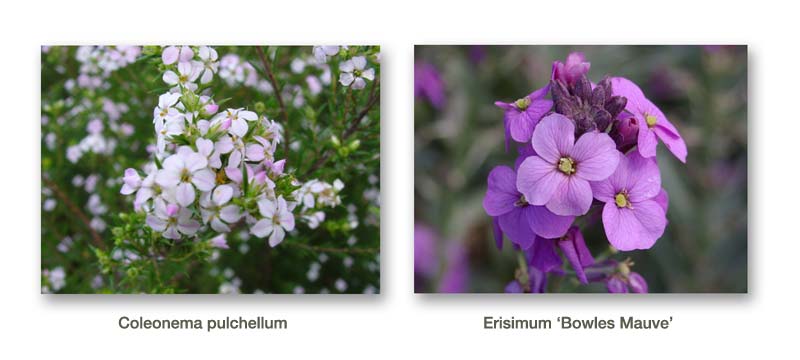
Bulbs offer fantastic winter colour and put on a wonderful display all through the spring. If you’re reading this outside of autumn, you can make a list of possible varieties that flower the earliest in your area. If there’s a local garden centre or club, talk to them about the best varieties. In my garden, the daffodil 'Welcome' starts first in mid July. Try planting daffodils in the same pot at differing depths to enjoy a long lasting display as they emerge at different times over mid to late winter and on into spring.
There’s a huge range of other bulbs to choose from, from the glamorous Tulip to the dainty Muscari and of course the wonderful Crocus with its saffron stamen.
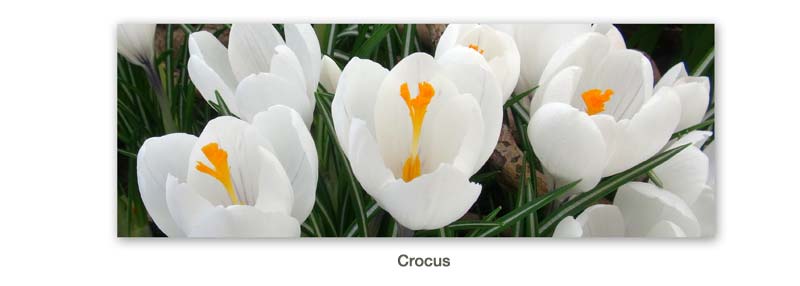
Snowflakes (Leucojum aestivum) are reliable winter flowerers, as are many of the jonquils and daffodils. For scent, hyacinths and jonquils should be on your list. And as our planet warms so bulbs are flowering earlier. Nurseries sell pots of flowering bulbs throughout the winter so you can buy a few pots for your patio or deck for instant colour and plant them out in the garden when they are finished flowering.
Many bulbs can be left undisturbed for many years. Like most plants, they appreciate good soil so working through some organic compost and manure prior to planting will ensure good flowering. As a general guide, plant them as deep as the bulb itself, but always consult the planting guide on the packet. A light application of fertiliser as buds appear is good. It’s also important to give them a second light feed after flowering, and not to cut off the foliage. Even though it can look unsightly, you need to leave the foliage in place to fully die off, as this feeds the bulb for next year’s display.
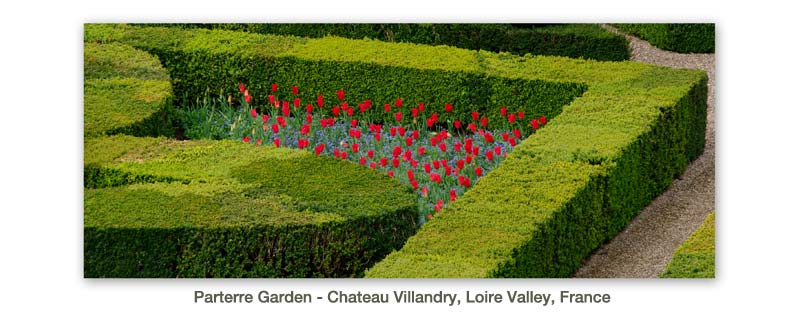
Finally, don't forget the value of edge accentuation. The reason why English gardens have so many hedges and topiary is because they act as a framework. They evolved as an artistic response to the lack of flowers in winter. Intricate knot gardens were designed to be viewed from the first floor warmth of the house with early bulb colour filling the gaps in between.
Great examples of these can be seen at Chateau Villandry in the Loire Valley of France, Bourton House and Sudely Castle in England.
Shrubs with variegated and coloured foliage can also look fantastic against plain green. Leucadendron provides fantastic foliage in shades of red, green and yellow with bracts so decorative they can pass as flowers.
For silver you could consider Lavenders, Artemisia or Cushion Bush (Leucophyta brownii) for a native garden.
Loropetalum 'Plum Gorgeous', works well as a rounded shrub or trimmed as a hedge and as its name suggests has dramatic purple foliage all year round and the added bonus of pink flowers in spring.
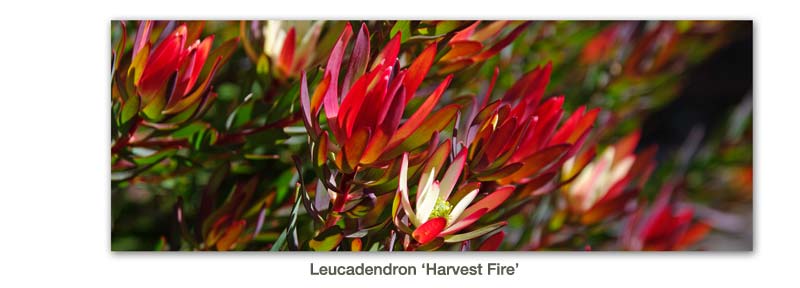
Kylie Carman-Brown BA Hons, PhD submitted this article to GardensOnline. Kylie is an an environmental historian and keen gardener and recently had her first book published by ANU Press. She also teaches memoir writing for the Tasmanian Writers Centre.